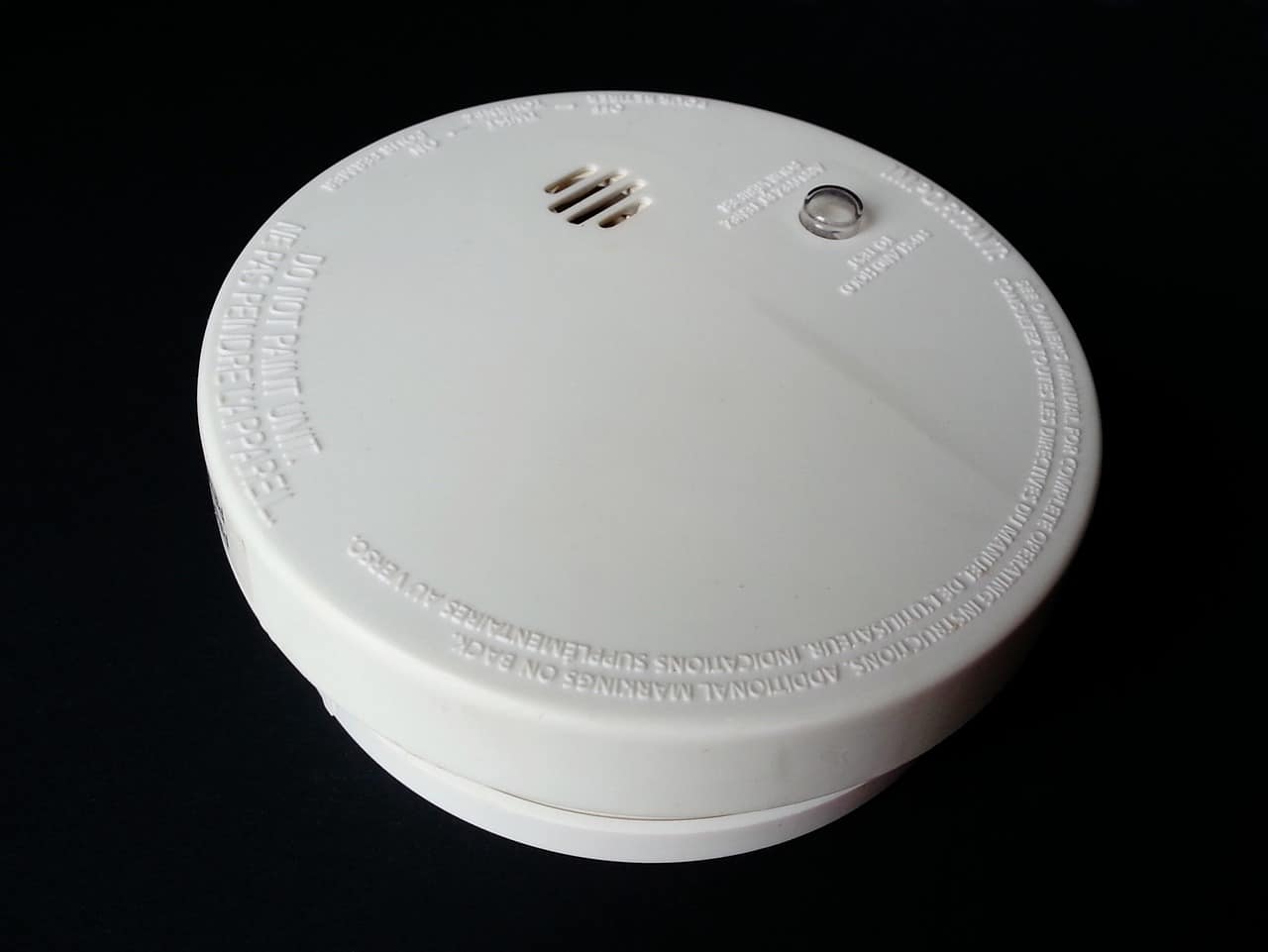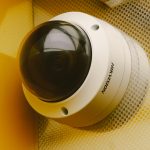When most people think of home security, they think of cameras and alarms. However, peripheral sensors are another important element of a home security system that is often overlooked. These sensors are usually installed in doors and windows and are used to detect motion or tampering. In this post, we will explore the role of peripheral sensors in home security systems and discuss some of the benefits they provide.
As there are a wide variety of types of sensors offered, we will look at the most popular ones that people can add to their home security systems. The specific features of each type of sensor will be what you have to evaluate if it adds value to your security system.
Peripheral sensors in home security systems
Home security systems are an essential part of protecting one’s home from threats such as theft and vandalism. While most installations consist of motion detectors, cameras, and other traditional devices, modern technology has also enabled the use of peripheral sensing systems for an even greater level of security. Peripheral sensors are capable of detecting much more subtle signs that can be used to alert the homeowner or immediately take action. These sensors may include a variety of technologies, including thermal detectors, acoustic sensitivity monitors, and ground vibration monitors. For example, thermal detectors can detect the presence of human bodies in a room by detecting temperature changes; acoustic sensitivity monitors can detect sounds at higher frequencies than human hearing is capable of, and ground vibration monitors can warn homeowners of potential intruders outside their homes. With these levels of sophisticated technology, homeowners can have peace of mind knowing that their home is safe and secure from any potential threats. Moreover, peripheral sensor systems are cost-effective – they require no additional wiring or hardware installation while still providing protection against unauthorized access or intrusion. In short, peripheral sensors offer an invaluable service as part of a comprehensive home security system that should not be overlooked.
How peripheral sensors work and what they are designed to do
Peripheral sensors are a useful tool in modern technology, detecting and recording changes or variations in dynamics or environment. These sensors can vary, such as temperature, pressure, light, and humidity. By using smart algorithms that use this data to calculate the average values of these metrics over time, they can record patterns of behavior found in the readings. This information can then provide an understanding of the outside environment and allow better decision-making processes. Beyond the detection of external factors, they also help in detecting movement, object recognition and identification, vibrations, and sound. Doing so helps keep people safe from possible threats while also helping them interact with their surroundings more easily. All these features are designed to make life easier through direct measurement and automatic computation – thus greatly improving efficiency when interpreting changes surrounding us in everyday life.
Common types of peripheral sensors used in home security systems
When it comes to home security systems, peripheral sensors are essential for providing the most complete protection. Common types of peripheral sensors used in home security systems include motion sensors, which detect movement within a certain range; glass break detectors, which identify sudden changes in sound frequency that can indicate breaking window glass; and door contacts, which detect whether a door is open or closed. Smoke detectors are also often included as part of home security systems as they can detect the presence of smoke and raise the alarm if there is a fire. Infrared beam sensors can also be used, sending an invisible beam between two points and triggering an alarm once the beam is broken. By combining these types of peripheral sensors with other core elements, such as alarms and cameras, homeowners can create comprehensive and reliable home security systems that protect their properties from intruders. Because peripheral sensor devices can measure activity or detect fires before anyone notices them, they ensure total property and personal safety protection. Homeowners should take care to select the right system for their specific needs to receive the greatest benefit from their home security system.
If you don’t get a system that works well with where you live, you won’t be able to have the most protection as possible. You should always ensure that the features of the security system you buy match what you need. There is no point in wasting money on features that don’t work while possibly missing out on other ones you actually need. We did a full guide on finding the best security system for your house and needs , so if you are wondering about the features, you need, we suggest you read it to learn about what has worked well for us.
How peripheral sensors can be used to improve the overall security of a home
Peripheral sensors can play an important role in improving overall home security. These sensors detect motion, sound, and other environmental changes that can indicate a possible break-in or intruder. For example, motion sensors detect any motion within the vicinity of the home and provide real-time alerts to alert homeowners of potential intruders. Additionally, acoustic sensors monitor for sound intensity, frequency, and duration and identify potential threats by recognizing specific sounds associated with suspicious activity or criminal acts. Furthermore, window breakage detectors are designed to detect contact around windows, which could indicate an attempted entry via smashing or breaking the window glass. Finally, wireless alarm systems use wireless data transmission between peripheral devices such as cameras and door locks making it easy to control security remotely from a mobile device. When used together with a comprehensive security system, these peripheral sensors can greatly improve a home’s overall security by detecting any suspicious activity before it occurs. This type of preventative measure is one of the most effective ways to deter intruders and protect homes against break-ins.
Tips on how to choose the right type of sensor for a particular home security system

Choosing the right type of sensor for a home security system is important. First, consider the size of your property and what kind of security you need, as this will affect which sensors you should choose. Motion detectors are perfect for larger spaces, while window or door sensors are best for smaller properties. Once you have determined which types of sensors you need, think about how sensitive they should be. You should also weigh up features like battery life and weatherproofing. When selecting a specific model, read reviews from trusted sources and check if it offers compatibility with other devices in your chosen home security system. Moreover, if under budget or want to save money in the long run, pick a system that allows for expansions or upgrades later on if needed.Some examples include systems that allow you to add a DVR to review your home security later. By researching and weighing up all your options carefully, you can select the best sensor for your particular home security needs.
Benefits of using peripheral sensors in home security systems
Home security systems have traditionally relied on sensors located in main entryways, such as doors and windows, to detect unwanted intruders. However, using peripheral sensors scattered around the perimeter of a home can provide an even more secure form of protection. On the most basic level, these sensors create a more comprehensive coverage area that ensures intruders can’t enter undetected. Also, because of their location on the perimeter, they are more likely to pick up activity before it enters the property and immediately alerts homeowners or security personnel. Furthermore, peripheral sensors can be set up in a way that allows them to integrate with other home security system features, like cameras, lighting systems, and door locks. This creates a seamless security system that can be managed from a single source for maximum efficiency. Lastly, peripheral sensors are often wireless, making them easy to install, relocate or upgrade if needed.
Conclusion
Home security systems that include peripheral sensors can provide homeowners a higher level of protection. These sensors are designed to detect movement in a specific area and can be used to improve the overall security of a home. There are many different types of peripheral sensors available on the market, so it is important to choose the right type of sensor for a particular home security system. When selecting a sensor, homeowners should consider the specific needs of their home and the surrounding environment. By understanding how these sensors work and what they are designed to do, homeowners can decide which type of sensor is best suited for their home security system.
Frequently Asked Questions
What is a peripheral sensor?
A peripheral sensor is a device that detects motion in a specific area. These sensors are typically used as part of a home security system and, when located around the perimeter of a home, can greatly increase its overall protection. Many have the ability to sync in a wifi based home security system, which is great for people who are away from home for longer periods of time.
What are the different types of peripheral sensors?
Common types of peripheral sensors include motion detectors, window and door contacts, glass break detectors, and video cameras. Each type of sensor serves a different purpose and is suited to various home security needs.
How do peripheral sensors work?
Peripheral sensors work by detecting motion in a specific area. They are often set to detect movement within a certain range, such as a few feet or even several yards. When motion is detected, an alarm or other alert may be triggered.
What are the benefits of using peripheral sensors in home security systems?
The primary benefit of using peripheral sensors in home security systems is that they create a more comprehensive coverage area. By being located around the perimeter of a home, these sensors are more likely to detect intruders before they enter the property and can immediately alert homeowners or security personnel. Also, peripheral sensors can be integrated with other features such as cameras to create a seamless security system.
How do peripheral sensors work with other home security components?
Peripheral sensors can be integrated with other components of a home security system, along with cameras, lighting systems, and door locks. This allows homeowners to manage their entire security system from one source for maximum efficiency.
Are there any challenges associated with using peripheral sensors in home security systems?
The primary challenge associated with using peripheral sensors in home security systems is that they require careful installation and maintenance. For the sensors to work effectively, they must be placed in appropriate locations and monitored regularly. Additionally, their batteries must be replaced or recharged regularly if the sensors are wireless.
How can I ensure my home security system is effective?
To ensure that your home security system is effective, it is important to select the right components and install them properly. It is also a good idea to test the system regularly and make sure any sensors are functioning correctly.
What are some tips for choosing the right security system for my home?
When choosing a security system for your home, you should consider the size of your property and any specific needs you may have. It is also important to research different types of sensors and other components to choose the most suitable system for your needs. Finally, be sure to select a system that is affordable and capable of growing with you as your security needs change.








3 thoughts on “Understanding the Role of Peripheral Sensors in Home Security Systems”